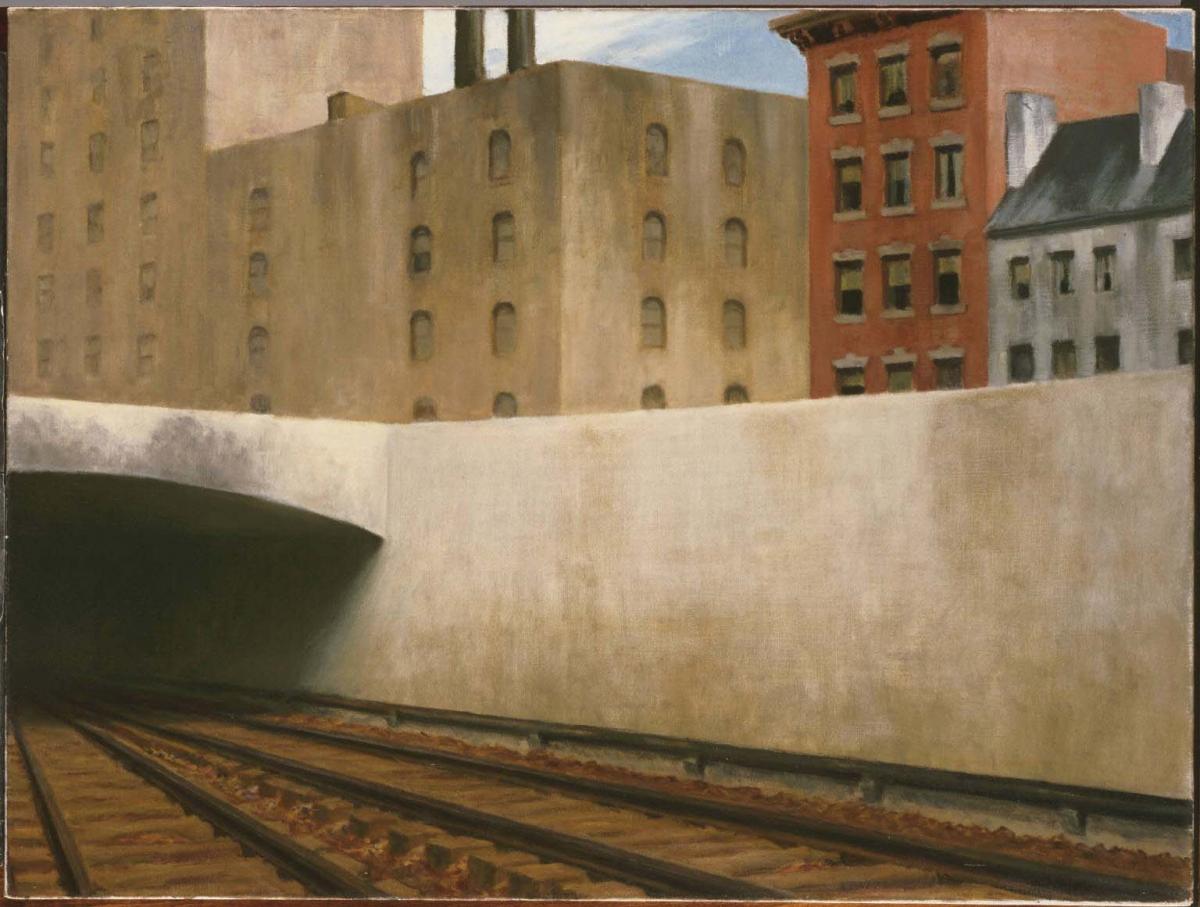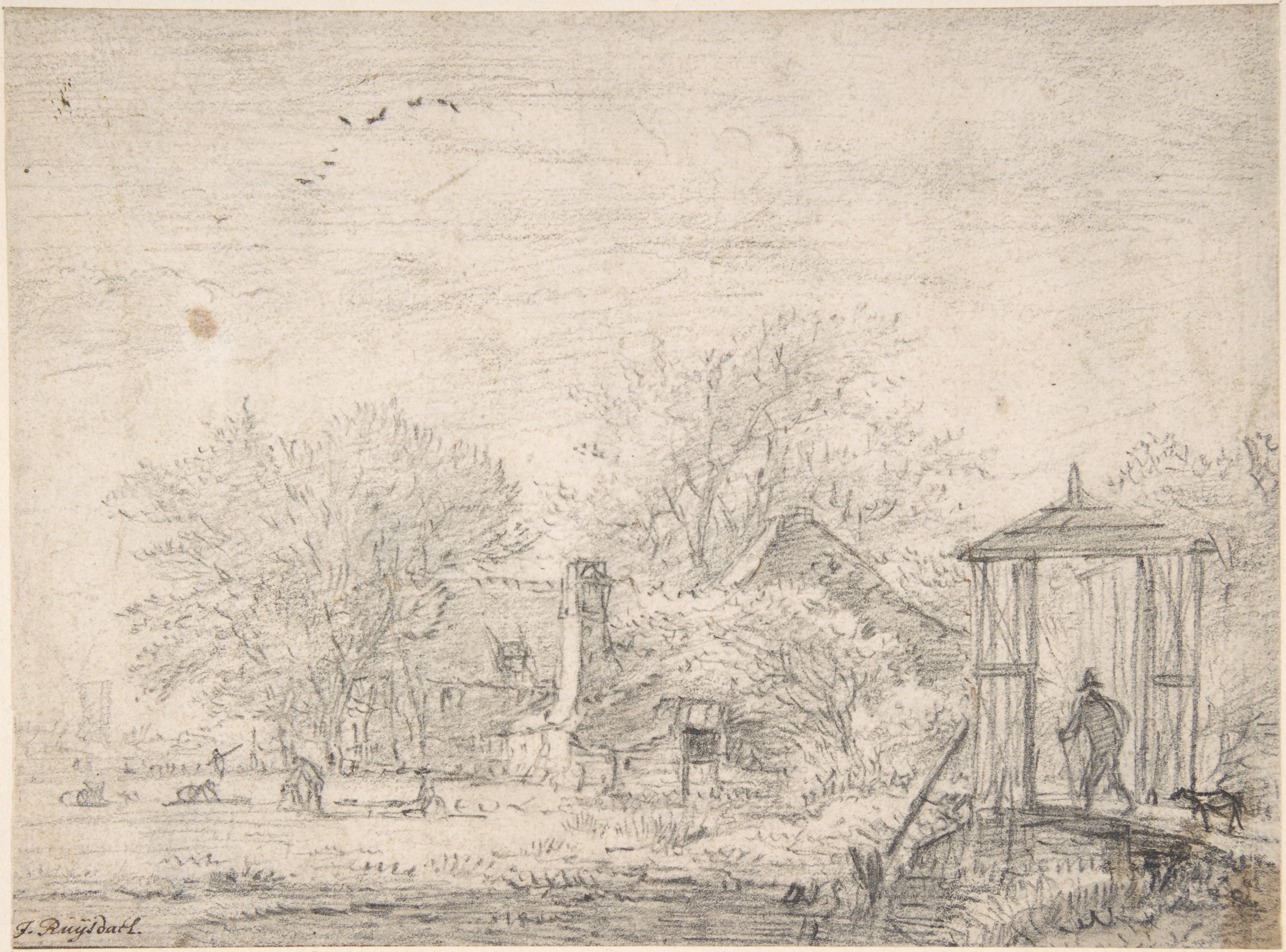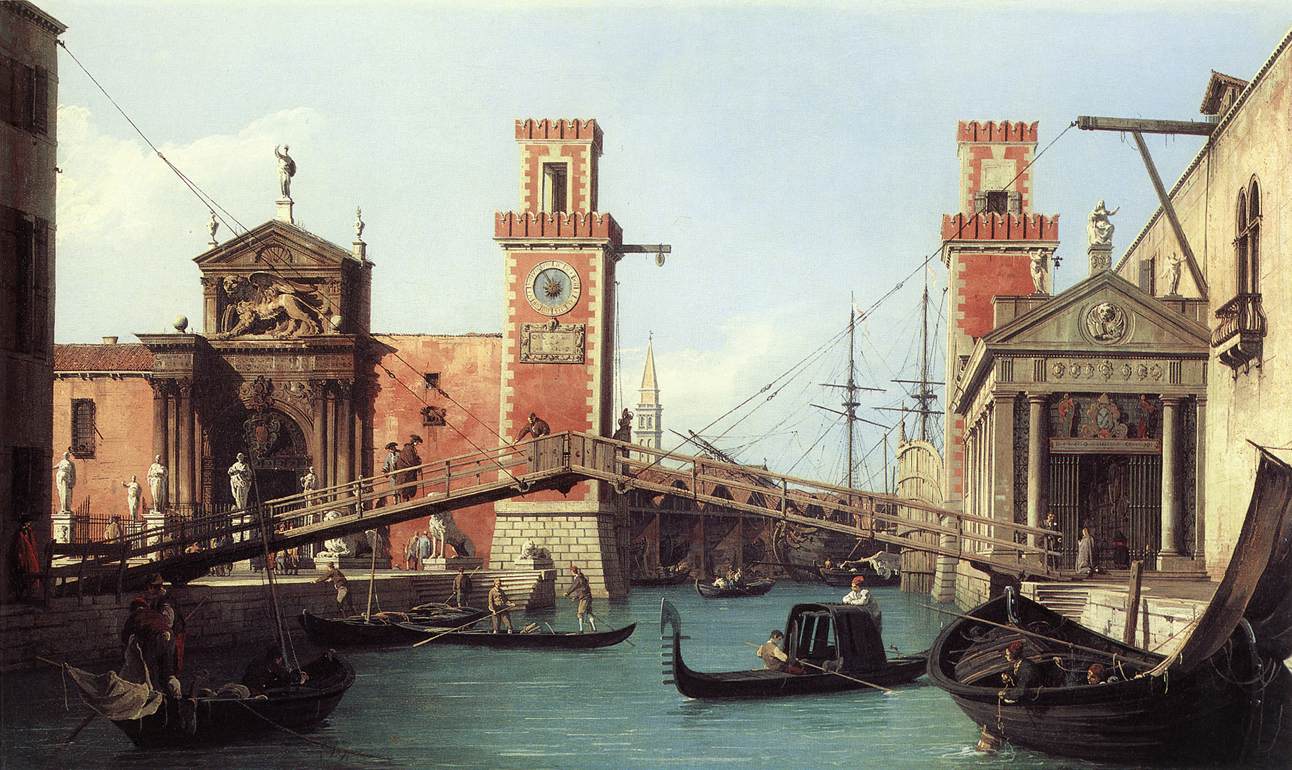Art History News2 months ago
Roy Lichtenstein: History in the Making, 1948–1960

* Columbus Museum of Art* * March 4 through June 5, 2022* The first major museum exhibition to explore the early work of Roy Lichtenstein, one the most celebrated American artists of the 20th century, will be on view at the Columbus Museum of Art from March 4 through June 5, 2022. Roy Lichtenstein: History in the Making, 1948–1960 offers an in-depth view of the artist’s years in Columbus, Ohio, and includes approximately 90 works on loan from public and private collections in a range of media. With many works on public view for the first time, this unprecedented exhibition demo... read more
Art History News2 months ago
As They Saw It: Artists Witnessing War

The Clark Art Institute’s latest exhibition presents four centuries of war imagery from Europe and the United States in As They Saw It: Artists Witnessing War, on view March 5–May 30, 2022. Spanning European and American art from 1520–1920, the exhibition of prints, drawings, and photographs shows how artists have portrayed periods of military conflict, bringing war off the battlefield and into the homes and lives of those who were often at a far remove from the scene. The exhibition is on view in the Eugene V. Thaw Gallery of the Clark’s Manton Research Center. Visual media have ... read more
Art History News2 months ago
Most popular posts all-time - Click on Title on graph page
Dark Romanticism. From Goya to Max Ernst Posted by Jonathan Kantrowitz 7.25K Sotheby's Impressionist & Modern Art Evening Sale 14 May 2019 | New York Posted by Jonathan Kantrowitz 5.56K MAX BECKMANN Posted by Jonathan Kantrowitz 5.14K Grandma Moses at Auction Posted by Jonathan Kantrowitz 4.81K American Watercolor in the Age of Homer and Sargent Posted by Jonathan Kantrowitz 3.31K Georgia O’Keeffe: Abstraction Posted by Jonathan Kantrowitz 3.15K Seurat, Signac, Van Gogh - Ways of Pointillism Posted by Jonathan Kantrowitz 2.66K Frida Kahlo and Diego Rivera Posted by Jonath... read more
Art History News2 months ago
Matisse: The Red Studio

*Museum of Modern Art* *May 1 – September 10, 2022 * * SMK – The National Gallery of Denmark in Copenhagen * * October 13, 2022, through February 26, 2023.* The Museum of Modern Art announces Matisse: The Red Studio, an exhibition focusing on the genesis and history of Matisse’s The Red Studio (1911), a painting that has remained among MoMA’s most important works since it was acquired in 1949. The large canvas depicts the artist’s studio filled with his paintings and sculptures, furniture, and decorative objects. This exhibition reunites the artworks shown in The Red Studio for ... read more
Art History News2 months ago
The Wyeth Foundation for American Art - more than 7,000 works of Andrew Wyeth

xxx Andrew Wyeth, BLACK HUNTER, 1938, tempera on panel. Collection of the Wyeth Foundation for American Art © 2022 Andrew Wyeth/Artist Rights Society (ARS) Andrew Wyeth, FAMILY TREE STUDY, 1964, watercolor on paper. Collection of the Wyeth Foundation for American Art © 2022 Andrew Wyeth/Artist Rights Society (ARS) The Wyeth Foundation for American Art has established a collection-sharing arrangement providing for more than 7,000 works of Andrew Wyeth (1917-2009) to be maintained, conserved and exhibited for the general public at the Brandywine River Museum of Art and the Farnswort... read more
Art History News2 months ago
Christie’s Announces 20/21 Marquee Week Day Sales May 13- 16
Christie’s Announces 20/21 Marquee Week Day Sales Post-War and Contemporary Art Day Sale | 13 May The Collection of Thomas and Doris Ammann Day Sale | 13 May Impressionist and Modern Works on Paper and Day Sale | 14 May The Surrealist World of Rosalind Gersten Jacobs and Melvin Jacobs | 14 May Picasso Ceramics | Online | 2 – 16 May [image: Property from the Family of Nina Van Rensselaer WAYNE THIEBAUD (1920 - 2021) Three Ice Cream Cones oil on canvas 12 x 15 in. (30.5 x 38.1 cm.) Painted in 1964. $2,500,000-3,500,000] Property from the Family of Nina Van Rensselaer WAYNE THIEBAUD (1... read more
Art History News2 months ago
The Bruce Museum in Greenwich, Conn., announced the promised gift of a major collection of European and American art

Edward Hopper (American, 1882-1967), Bridle Path, 1939, oil on canvas, 23 3/8 x 42 1/8 in.*Courtesy of the Bruce Museum* The identities of the collectors of this transformative gift of 70 artworks—which includes Edward Hopper’s seminal final painting *Two Comedians* (1966)—have been guessed at, but not revealed, according to ARTnews. Edward Hopper (American, 1882-1967), Bridle Path, 1939, oil on canvas, 23 3/8 x 42 1/8 in.*Courtesy of the Bruce Museum* The identities of the collectors of this transformative gift of 70 artworks—which includes Edward Hopper’s seminal final pain... read more
Art History News2 months ago
Impressionism: Franco-German Encounters
With a new presentation of over 80 works by French and German Impressionists, the Hamburger Kunsthalle is taking a fresh look at one of the defining art movements of modernism as a European phenomenon. Paintings, sculptures and pastels are presented in new constellations in five redesigned halls in the Lichtwark Gallery. Major works by Max Liebermann, Lovis Corinth and Max Slevogt, the »triumvirate of German Impressionism«, meet up here with French icons such as Édouard Manet, Auguste Renoir and Claude Monet. The show also brings in artists who have not been presented at the Ham... read more
Art History News2 months ago
Sotheby's Modern Evening sale on May 17.

The Toledo Museum of Art Will Deaccession Three Impressionist Paintings That Could Fetch More Than $60 Million at Sotheby’s [image: Paul Cézanne, Clairière (The Glade) (ca. 1895). Courtesy of Sotheby's.]Paul Cézanne, *Clairière (The Glade)* (ca. 1895). Courtesy of Sotheby's. When Steve Cohen’s 1932 Picasso comes up for sale at Sotheby’s on May 17, it will be joined on the auction block by three Impressionist paintings from the collection of the Toledo Museum of Art (TMA), which could net as much as $64 million—the largest institutional deaccession of the season. The consignment in... read more
Art History News2 months ago
Christie’s 20th Century Evening Sale May 12 - Additional works

Pissarro seized by Nazis to be sold at auction after families settle In an undated image provided via Christie’s, “The Anse des Pilotes, Le Havre,” by Camille Pissarro, painted in 1903. A Pissarro painting that was at the center of a dispute between the heirs of a Jewish couple whose art collection was seized by the Nazis before World War II and a Jewish family who bought it in 1994 will be sold at auction after the two sides reached agreement. Via Christie’s via The New York Times. The details of the settlement were not disclosed, but Christie’s has placed an estimate of $1.2 ... read more
Art History News2 months ago
Diego Rivera’s America

* San Francisco Museum of Modern Art * * July 16, 2022–January 2, 2023* Diego Rivera, Flower Seller, 1926; Honolulu Museum of Art, gift of Mr. and Mrs. Philip E. Spalding, 1932; © Bancode México Diego Rivera & Frida Kahlo Museums Trust, Mexico, D.F. / Artists Rights Society (ARS), New York; photo: courtesy Honolulu Museum of Art The San Francisco Museum of Modern Art (SFMOMA) will present *Diego Rivera’s America**,* the most in-depth examination of the artist’s work in over two decades. *Diego Rivera’s America* brings together more than 150 of Rivera’s paintings, fresc... read more
Art History News2 months ago
Wealth and Beauty: Pier Francesco Foschi and Painting in Renaissance Florence

Pontormo, del Sarto, Foschi. One of these names is much less of a household name when it comes to 16th-century Italian art, but the Georgia Museum of Art at the University of Georgia aims to change that this January. “Wealth and Beauty: Pier Francesco Foschi and Painting in Renaissance Florence,” organized by Nelda Damiano, the museum’s Pierre Daura Curator of European Art, is the first exhibition dedicated to Pier Francesco Foschi (1502 – 1567), a highly prolific and fashionable Florentine painter whose career spanned nearly five decades. Despite his success at the time, he fell i... read more
Art History News2 months ago
Bernini and the Roman Baroque: Masterpieces from Palazzo Chigi in Ariccia,

* The Museum of Fine Arts, St. Petersburg (MFA)* *February 12 through May 8, 2022* At the dawn of the seventeenth century, a new generation of artists emerged in Rome that would develop an artistic movement known as the Baroque period. Following the Renaissance, this eccentric new style spread rapidly through Europe and reached to the Americas. *Bernini and the Roman Baroque: Masterpieces** from Palazzo Chigi in Ariccia* explores the genesis of this artistic movement. Through a selection of works from 40 artists, including 10 works by Gian Lorenzo Bernini, this exhibition illum... read more
Art History News2 months ago
Christie's New York 20th Century Evening Sale May 12 2022 - Updated

Claude Monet, (1840-1926), Champ d'avoine et de coquelicots, signed and dated 'Claude Monet 90' (lower right), oil on canvas, 25.5/8 x 36.1/4 in. (65 x 92.1 cm.) Painted in Giverny in 1890. © Christie's Images Ltd 2022. Claude Monet’s Champ d’avoine et de coquelicots, (estimate: $12 million – 18 million) will highlight the 20th Century Evening Sale during the Spring Marquee Week of sales. The 1890 masterwork comes to Christie’s from an Important Private French Collection along with two wonderful examples from the late 19th century offered in the Impressionist and Modern Art Day Sale... read more
Art History News2 months ago
Sotheby's Modern Evening Auction on 27 April Hong Kong

Dora Maar was a commanding presence and this portrait by Picasso conveys her beauty and intellect to powerful effect. Painted in the French tricolor of red, white and blue – and prominently signed and dated – it captures a real sense of Maar’s personality and speaks eloquently of Picasso’s feelings. Interest in Picasso has been surging among Asian collectors, as we witnessed last year with two consecutive auction records for the artist in Asia, most notably for a portrait of Picasso’s second wife Jacqueline Roque. This season we are thrilled to present a museum-quality work that r... read more
Art History News2 months ago
Heritage May 10 American Art Signature® Auction
Heritage Auctions has announced one of the most comprehensive – and jubilant – American art events in recent memory. In the words of Senior Vice President Aviva Lehmann, the May 10 American Art Signature® Auction, featuring 150 works, is “a museum-quality auction showing off our strength and ability to curate a perfect sale that covers every genre of American Art.” The event, which is now open for bidding, spans the breadth of American art, from Ashcan to Impressionism, Regionalism to Hudson River, illustration to sculpture. Here, collectors are treated to everything from Rembran... read more
Art History News2 months ago
Distinguished American Paintings

[image: QUESTROYAL] Questroyal Fine Art 903 Park Avenue (at 79th Street) Third Floor New York, NY 10075 (212) 744-3586 gallery@questroyalfineart.com questroyalfineart.com [image: Paintings distinguished by provenance and history] [image: Autumn Landscape with Cattle, 1879 by Jasper Francis Cropsey (1823–1900)] [image: Fire Opals (Lady in Furs: Portrait of Mrs. Searls), 1912 by Childe Hassam (1859–1935)] [image: Palm Tree, Barbados by Joseph Stella (1877–1946)] [image: Twilight in the Wilderness, 1864 by John Williamson (1826–1885)] [image: Tug Boats, 1937 by Reginald Marsh (1898–1954)] read more
Art History News2 months ago
Scenes of Transcendent Beauty: Thomas Moran’s Yellowstone

Thomas Moran (England, 1837–1926), Hot Springs of Gardiner's River, Yellowstone Park, 1871. Watercolor and graphite on paper. 9 7/8 x 13 inches. On loan from the Yellowstone Heritage and Research Center. *The National Museum of Wildlife Art (NMWA) will open Scenes of Transcendent Beauty: Thomas Moran’s Yellowstone on May 14, 2022, an exhibition celebrating Yellowstone National Park’s 150th Anniversary this year. The exhibition will be on view through August 23, 2022.* *Scenes of Transcendent Beauty* explores the impact of Yellowstone on Thomas Moran and of Moran on Yellowstone. ... read more
Art History News2 months ago
Matisse in the 1930s

*Philadelphia Museum of Art, * *October 19, 2022–January 29, 2023 * *Paris, Musée de l’Orangerie, * *February 27, 2023–May 29, 2023 * *Musée Matisse Nice, * *June 23, 2023–September 24, 2023* [image: Henri Matisse "Large Reclining Nude" 1935. 26 1/8 × 36 3/4 inches (66.4 × 93.3 cm). Oil on canvas Baltimore Museum of Art: The Cone Collection, formed by Dr. Claribel Cone and Miss Etta Cone of Baltimore, Maryland, 1950.258. © 2022 Succession H. Matisse/Artists Rights Society (ARS), New York.] Henri Matisse "Large Reclining Nude" 1935. 26 1/8 × 36 3/4 inches (66.4 × 93.3 cm). Oil ... read more
Art History News2 months ago
Donatello, the Renaissance
From 19 March to 31 July 2022 the Fondazione Palazzo Strozzi and the Musei del Bargello host *ç*, an historic, once-in-a-lifetime exhibition which sets out to reconstruct the astonishing career of one of the most important and influential masters of Italian art of any age, juxtaposing his work with masterpieces by artists who were his contemporaries such as Brunelleschi, Masaccio, Andrea Mantegna, Giovanni Bellini, Raphael and Michelangelo. Curated by Francesco Caglioti, professor of medieval art history at the Scuola Normale di Pisa, the exhibition showcases over 130 works of... read more
Art History News3 months ago
An American Place

*Palmer Museum of Art* January 29 - May 1, 2022 SPECIAL EXHIBITIONS GALLERY, SECOND FLOOR The story of the coming of age of American art is filled with alliances and ruptures, expatriates and immigrants, transatlantic dialogues and the search for an authentic aesthetic rooted in America. *An American Place* examines the complexity of this national narrative, highlighting a century of American art from the post-Civil War decades through the Civil Rights era. The exhibition includes paintings, works on paper, and sculptures drawn from the recent bequest of collectors and philanthro... read more
Art History News3 months ago
Canaletto’s Venice Revisited

*Canaletto’s Venice Revisited *is now open at the National Maritime Museum. This major exhibition displays the complete set of 24 Venetian views painted by Canaletto in the 1730s. The works, from the world famous collection at Woburn Abbey, form the largest single commission the Italian artist ever received. *Canaletto’s Venice Revisited *reassesses Canaletto at the height of his career, looking beyond the broad views he is famous for to also closely examine the features that bring his Venice to life. Don’t miss this rare opportunity to see this collection up close at the Natio... read more
Art History News3 months ago
Alone Together: Encounters in American Realism

- *Opening Sunday, May 29 at The Westmoreland Museum of American Art*, in Greensburg, Penn., the exhibition *Alone Together: Encounters in American Realism* brings together works of art separated by almost a century to consider how they are bound together by the shared experience of living and working in difficult times. Edward Biberman (1904–1986), Tear Gas and Water Hoses, 1945, Oil on canvas, 29 x 36 inches, The Schoen Collection, American Scene Painting The exhibition is guest curated by Alex J. Taylor, Assistant Professor in the Department of History of Ar... read more
Art History News3 months ago
Completed Eastman Johnson Catalogue Raisonné,

Eastman Johnson, Self-Portrait, c. 1850, National Gallery of Art, Washington, District of Columbia, John Davis Hatch Collection (1979.20.73). The National Academy of Design is pleased to announce the publication of the *Eastman Johnson Catalogue Raisonné: Drawings & Prints* on April 5, the anniversary of the artist’s death. The addition of this section completes the catalogue raisonné of American artist Eastman Johnson, following the section dedicated to his paintings that was first published online in July 2021. The Eastman Johnson Catalogue Raisonné (EJCR) is founded and dire... read more
Art History News3 months ago
Sotheby’s Modern Evening Auction on 17 May: Claude Monet , Pablo Picasso , Philip Guston

Picasso’s Rapturous 1932 Homage to Marie-Thérèse Walter Painted in April 1932, 90 years ago to the month, *Femme nue couchée* is one of Pablo Picasso’s most monumental and uninhibitedly sensual portrayals of Marie-Thérèse Walter. Appearing at auction for the first time, the large-scale painting is poised to achieve in excess of $60 million at Sotheby’s Modern Evening Auction on 17 May, making it one of the most valuable portraits of Marie-Thérèse Walter ever offered at auction. Marie-Thérèse was the inspiration for many of Picasso’s greatest works, with 1932 - the year in which h... read more
Art History News3 months ago
Latest Art History News

Art History News2 minutes ago Raphael—The Power of Renaissance Imagery: The Dresden Tapestries As part of a historic exhibition, the Columbus Museum of Art (CMA) will bring a set of six important tapestries designed by Raphael from the Gemäldegalerie Alte Meister (GAM) in Dresden, Germany, to the U.S. for the first time. These tapestries are woven from the same Raphael designs used to create the tapestries for the Sistine Chapel in the Vatican in 1515-16. *Raphael—The Power of Renaissance Imagery: The Dresden Tapestries and their Impact *will be on view at the *Columbus Museum of ... read more










































































































_1583.jpg)



_ca.%201592.jpg)

_ca%201602.jpg)



_The%20Triumph%20of%20Hercules_ca.%201540.jpg)














